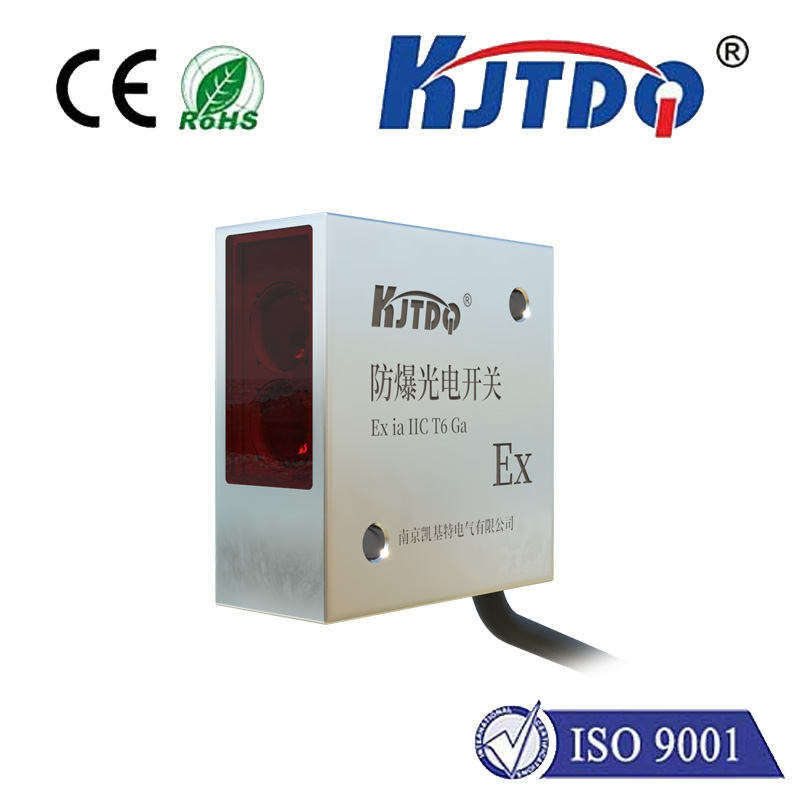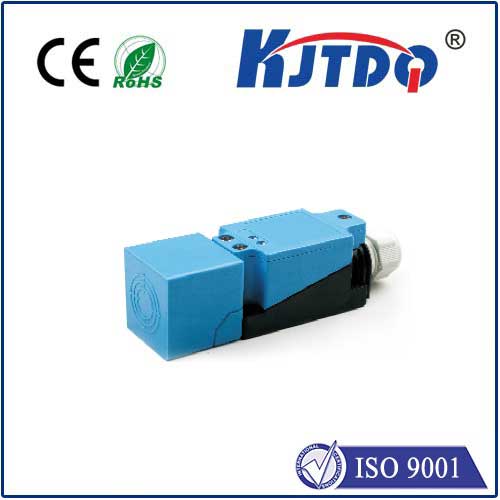

check

check

check

check
E3C: Understanding the Key Concepts in Modern Education
E3C, which stands for English, Mathematics, and Computing, is a vital component of modern education systems worldwide. It is designed to assess students’ proficiency in three core subjects that are essential for future career success and digital literacy. The acronym E3C is not just a label—it represents a structured approach to learning and evaluation that prepares students for the challenges of the 21st century.
The E3C framework is rooted in the belief that education should be relevant, practical, and forward-thinking. It emphasizes the integration of real-world applications, critical thinking, and technological skills. In an era where digital tools and global communication are increasingly important, the E3C model ensures that students are not only proficient in their academic disciplines but also equipped with the skills needed to thrive in a rapidly changing world.

At its core, the E3C curriculum is designed to foster a holistic learning experience. It encourages students to think critically, solve problems, and collaborate effectively. The English component of E3C focuses on language skills, including reading, writing, speaking, and listening. Mathematics involves problem-solving, logical reasoning, and data analysis. Computing, on the other hand, covers digital literacy, programming, and technology applications.
One of the key strengths of the E3C model is its emphasis on real-world relevance. Students are encouraged to apply their knowledge in practical situations, whether in the classroom or in real-life contexts. This approach not only enhances understanding but also increases engagement and motivation. By connecting academic concepts to real-world challenges, the E3C framework helps students see the value of their learning.
Another important aspect of the E3C model is the emphasis on continuous learning and adaptability. In a world where technology and industry are constantly evolving, the ability to learn and adapt is crucial. The E3C curriculum is designed to be flexible and responsive to changes in the educational landscape and the job market. This ensures that students are not only prepared for their current studies but also for future opportunities.
Additionally, the E3C model promotes collaboration and teamwork. In a globalized world, the ability to work with others is an essential skill. The curriculum encourages students to engage in group projects, discussions, and presentations, fostering a sense of community and shared responsibility. This collaborative approach enhances learning and prepares students for the demands of the modern workplace.
The E3C framework is also aligned with global educational standards and assessments. It is designed to be consistent across different countries and educational systems, ensuring that students are assessed fairly and effectively. This consistency is crucial for international education and for students who may pursue studies or careers abroad.
In conclusion, the E3C model is a powerful tool for modern education. It provides a structured yet flexible approach to learning that prepares students for the challenges and opportunities of the 21st century. By focusing on real-world applications, critical thinking, and digital literacy, the E3C framework ensures that students are not only knowledgeable but also capable of adapting and thriving in an ever-changing world. As education continues to evolve, the E3C model remains a vital part of the learning experience, equipping students with the skills they need to succeed.









